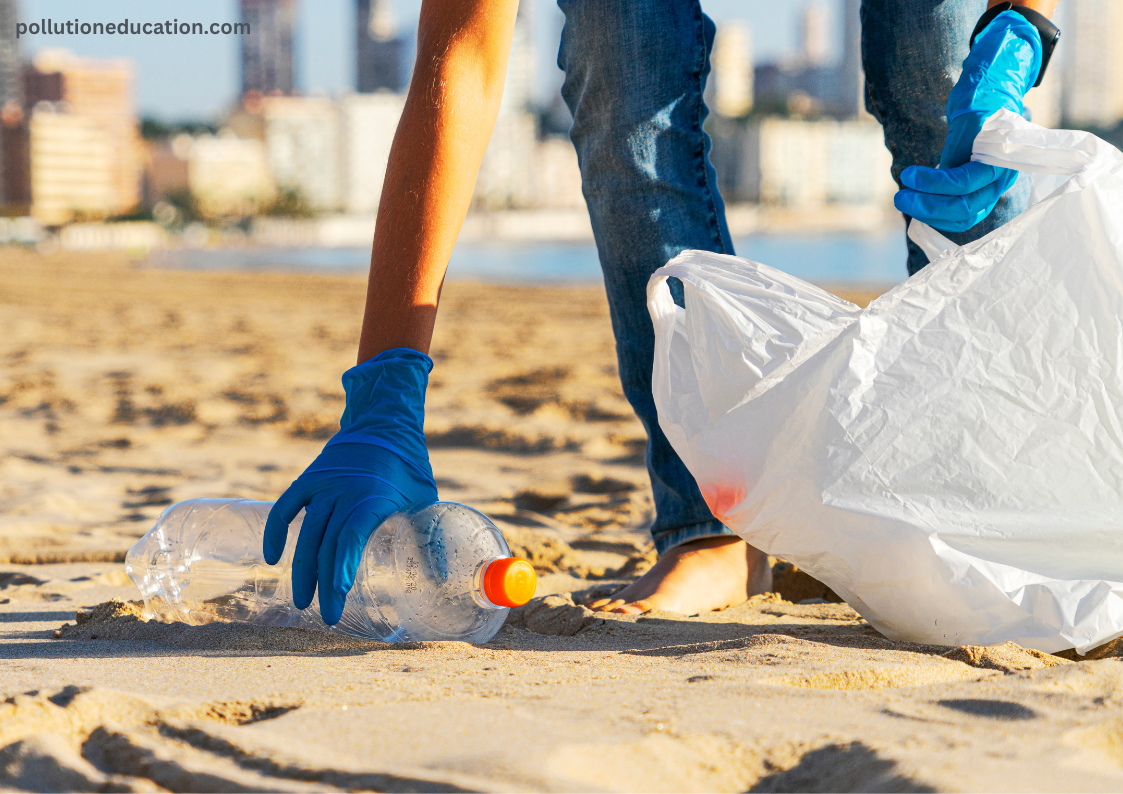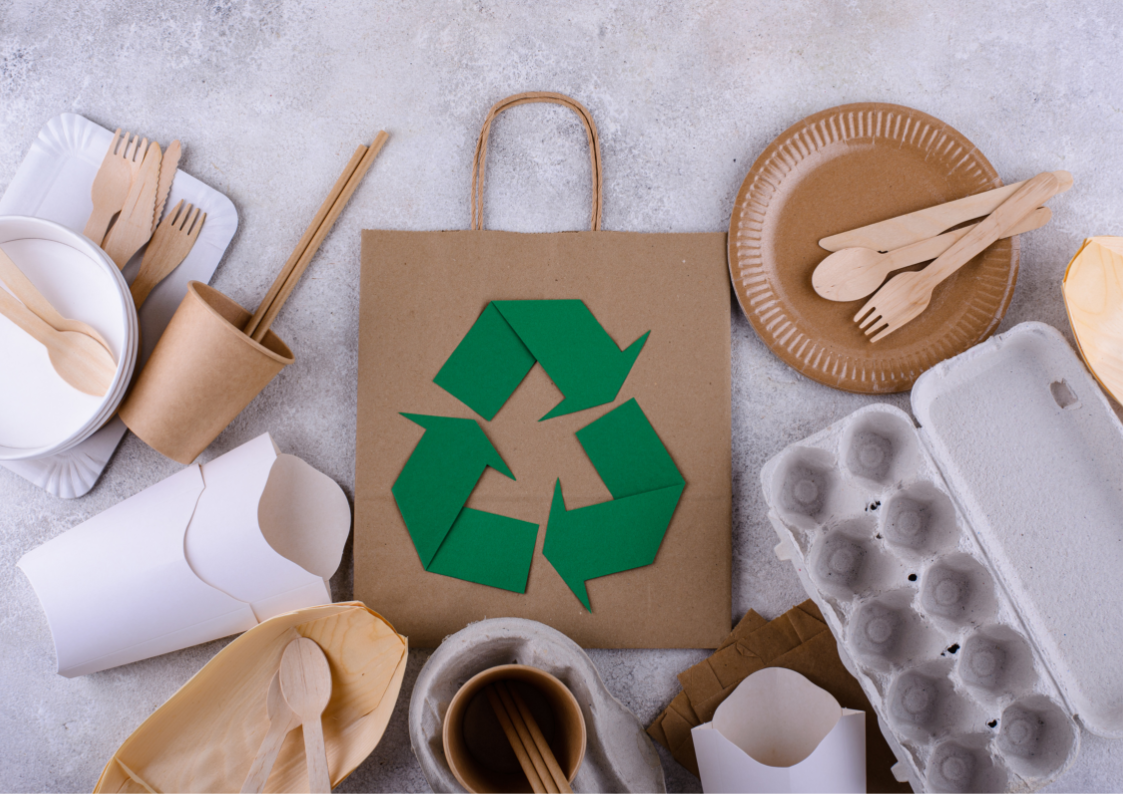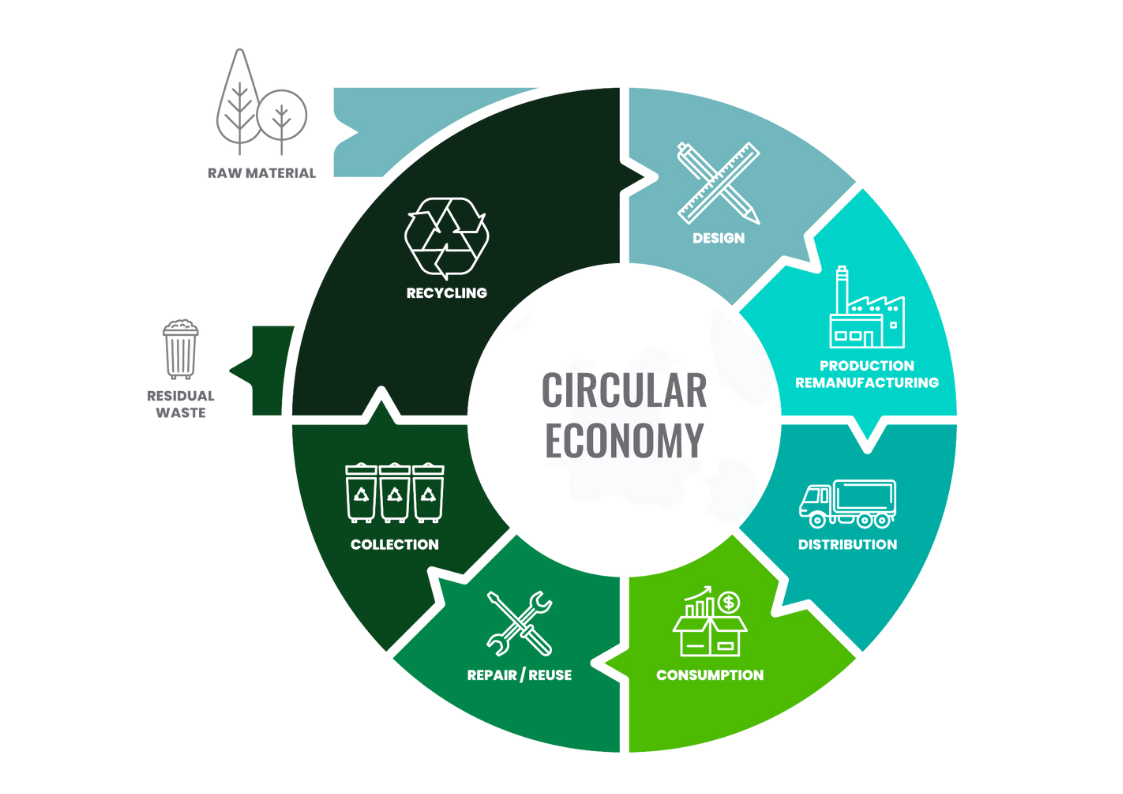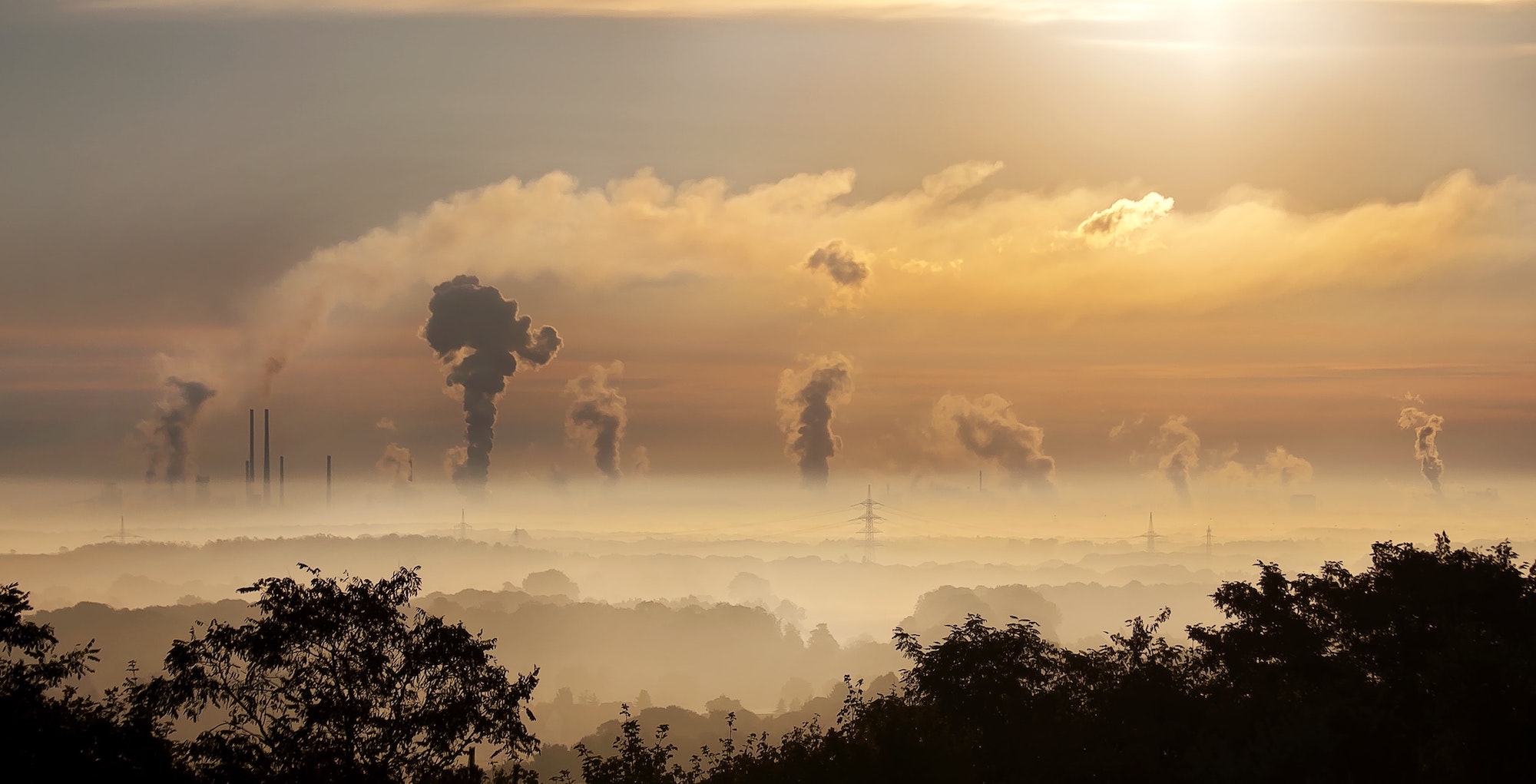-
How Eco-Tourism Helps Reduce Pollution?

The travel and tourism industry has witnessed unprecedented growth in recent decades, with more people exploring our beautiful planet than ever before. While this surge in travel has brought economic benefits to many regions, it has also placed enormous pressure on the environment, contributing significantly to pollution and the degradation of natural ecosystems. Eco-tourism is…
-
How Eco-Friendly Packaging Helps in Minimizing Pollution Crisis

The global pollution crisis is one of the most pressing issues of our time, affecting the health of our planet, its ecosystems, and its inhabitants. In various forms, pollution poses a significant threat to the environment and human well-being. One of the often-overlooked contributors to this crisis is the packaging – the materials used to…
-
How Regenerative Agriculture Helps in Solving Pollution Crisis?

The pollution crisis in agriculture is an escalating concern that poses a significant threat to our environment and food security. The conventional agricultural practices of the past century have led to widespread pollution, with chemical runoff, soil degradation, and biodiversity loss becoming all too common. However, regenerative agriculture is a beacon of hope on the…
-
How Does the Circular Economy Help in Solving the Pollution Crisis?

The world is grappling with an escalating pollution crisis, with adverse effects on our environment, health, and well-being. In this era of rapid industrialization and mass consumption, traditional linear economic models have led to the unsustainable extraction of finite resources and waste disposal in landfills, oceans, and the atmosphere. To address these pressing issues, the…
-
Sustainable Food Packaging: Reducing Pollution in the Food Industry

Food packaging waste contributes extensively to environmental pollution, resulting in the degradation of ecosystems and risks to the health of humans and wildlife. Food packaging materials, often used for convenience, end up in landfills, oceans, and other ecosystems, posing risks to wildlife and human health. With the continuously growing waste problem and environmental concerns, the…
-
Textile Dyeing and Chemical Pollution in the Fashion Industry

The fashion industry is a major global contributor to environmental pollution. From the production of raw materials to manufacturing and dyeing processes, it is estimated that 20% of industrial water pollution worldwide comes from textile dyeing alone. The use of toxic chemicals in these processes harms the environment and negatively impacts public health. There is…
-
How Can Sustainable Transportation Help Reduce Environmental Pollution in Supply Chains?

In today’s world, addressing climate change and environmental degradation is crucial. The transportation sector, particularly in global supply chains, heavily relies on petroleum-based fuels, leading to significant environmental pollution and greenhouse gas emissions. However, by embracing sustainable transportation practices such as alternative fuels, electric vehicles, and efficient route planning, we have the opportunity to reduce…
-
The Solution to Pollution Is Dilution: Is There Still Truth to This?
Many of us have heard the phrase “the solution to pollution is dilution.” But what does this really mean? Can it be applied to solving the large pollution issues we face globally today? This article will walk you through what the phrase means, where it comes from, and most importantly, whether dilution is really the…
-
How Carbon Taxes Will Impact Supply Chains

What Is a Carbon Tax? Carbon dioxide is one of the main factors causing climate change. A carbon tax is an increasingly common government tax on a company’s carbon emissions that are released when a company produces a good. Carbon taxes aim to incentivize companies to reduce their carbon dioxide emissions, thereby helping to slow…